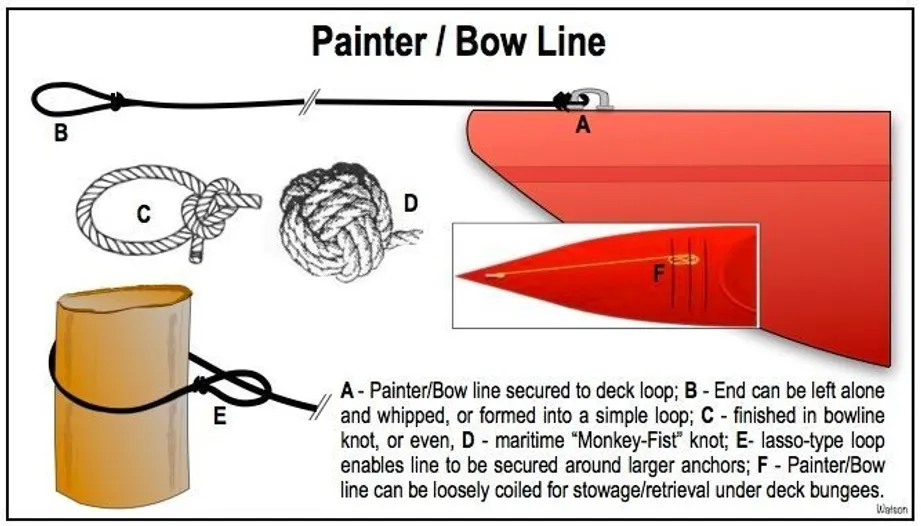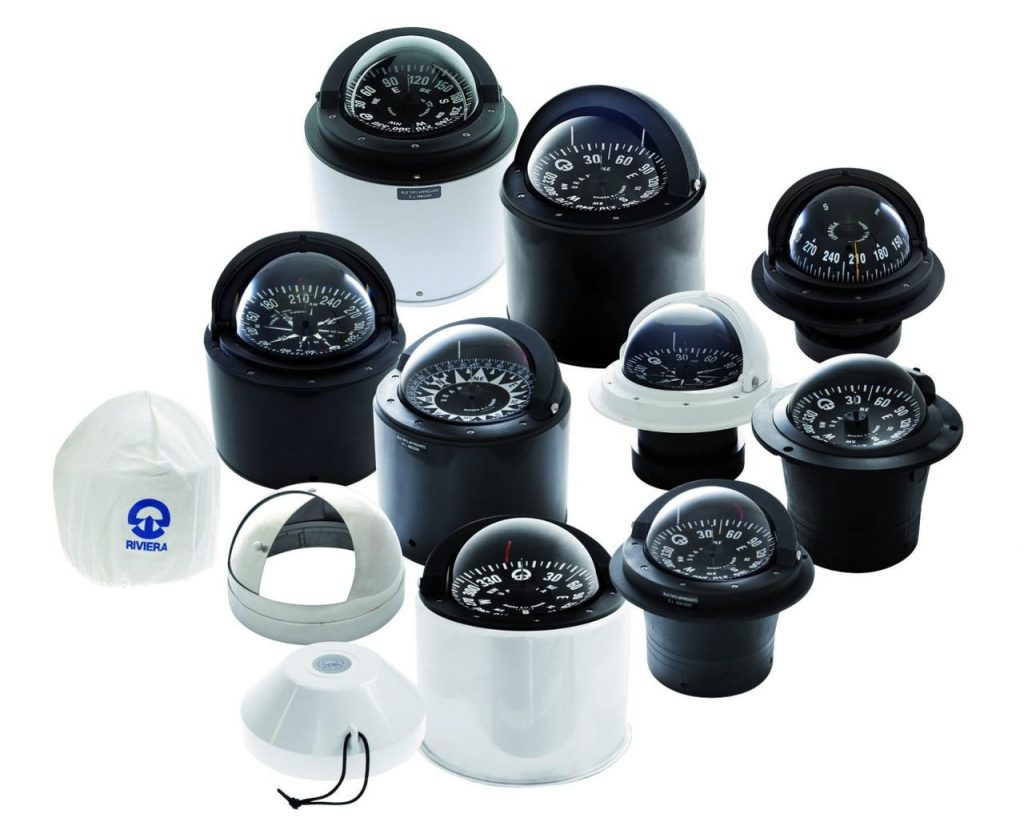In maritime emergencies, seconds count. When abandoning ship becomes unavoidable, having the right lifeboat equipment onboard can mean the difference between survival and catastrophe.
Whether on commercial vessels, oil rigs, or passenger ships, properly equipped lifeboats are crucial for ensuring that every crew member and passenger has a fighting chance.
In this article, we break down the key components of lifeboat equipment, why each is essential, and what regulations require. We also touch on best practices for maintenance and inspection.
Core Components of Lifeboat Equipment
Lifeboat equipment isn’t a single item but a carefully assembled collection of tools, supplies, and systems designed to support survival at sea.
Each component plays a critical role in maximizing the occupants’ chances of being rescued and staying alive in harsh conditions.
Below are the essential components every fully outfitted lifeboat must include, with expanded details for clarity and practical understanding.
1. Buoyant Oars and Rowlocks
Oars are used to manually navigate or reposition the lifeboat when engine power is absent or inoperable.
This ensures the crew can avoid hazards or steer toward rescue vessels.
Buoyant oars are designed to float on water, preventing permanent loss if dropped, and are easier to retrieve.
Rowlocks are fixtures that securely hold the oars in place, allowing for more controlled and efficient rowing.
Without rowlocks, the oars would be difficult to maneuver, especially in rough waters. These components together give the lifeboat a dependable manual propulsion option.
2. Painter Line

A painter line is a strong, durable rope attached to the bow of the lifeboat, with a typical minimum diameter of 10 mm.
It allows the lifeboat to remain connected to the ship during launching or to be tethered to other lifeboats.
In emergencies, the painter line can also be used for towing, either by another boat or using manual effort.
It must be resistant to saltwater corrosion and heavy strain to ensure reliability in critical moments.
3. Bailer and Sponge
The bailer is a simple container used to scoop and throw out water that accumulates inside the lifeboat.
It’s essential to keep the boat as dry as possible to avoid excess weight and maintain buoyancy.
A sponge complements the bailer by soaking up small pools of water or moisture in hard-to-reach areas.
This contributes to occupant comfort and helps prevent equipment from getting damaged due to water exposure.
4. Sea Anchor (Drogue)

A sea anchor, or drogue, slows the drift of the lifeboat in heavy seas and stabilizes its orientation.
This helps the boat remain headed into the wind and waves, reducing the risk of capsizing.
By anchoring the lifeboat in a fixed direction, it also makes it easier for rescuers to spot and approach.
It’s particularly vital in stormy or high-current conditions where a lifeboat could otherwise be swept away uncontrollably.
5. Survival Rations and Water
Survival rations are compact, long-lasting food items that provide high calories without needing preparation.
These typically include energy bars or compressed biscuits that remain stable in extreme temperatures.
Water is even more crucial, with each person requiring at least 1.5 liters per day.
Sealed, tamper-proof water containers ensure hygiene and prevent leakage or contamination during storage.
6. Signaling Devices
Signaling devices are critical for alerting nearby ships, aircraft, or rescue teams.
Hand flares and parachute rockets offer visual cues during day or night, with flares effective at close range and rockets covering greater distances.
Smoke signals are used during daylight to make the lifeboat more visible from a distance.
A whistle and mirror offer sound and reflective signals, while a flashlight, with spare batteries and bulb, adds another layer of visibility in low-light conditions.
7. Compass and Navigational Tools

A marine-grade compass helps lifeboat occupants determine direction and navigate toward shipping lanes or land. It remains functional regardless of weather or power status.
Some lifeboats may also include a basic navigational chart or handheld GPS device to enhance directional awareness.
This equipment helps reduce panic and supports informed decision-making.
8. First Aid Kit
The first aid kit addresses minor injuries and medical needs that may arise while waiting for rescue.
It typically contains bandages, antiseptic wipes, scissors, gloves, and common medications like pain relievers.
Seasickness tablets are particularly important, as nausea and dehydration can severely affect morale and physical condition. All contents must be clearly labeled and kept in waterproof packaging.
9. Thermal Protection and Clothing
Hypothermia is a leading cause of death in maritime disasters, making thermal protection essential.
Lifeboats are equipped with thermal blankets, immersion suits, or raincoats to retain body heat and block wind or rain.
This gear is especially vital in cold climates or during extended exposure at sea. It can also help prevent shock and illness in rescued individuals.
10. Manual Propulsion and Tools
Besides oars, lifeboats may have paddles or manual propulsion systems like hand cranks. These allow some mobility even if primary propulsion fails.
Basic tools like a utility knife, can opener, or repair kit can help address survival tasks such as opening rations, repairing the hull, or dealing with ropes and fastenings.
These tools ensure occupants can adapt to unexpected problems in the open sea.
Regulations Governing Lifeboat Equipment
The International Maritime Organization (IMO) governs the minimum standards for lifeboat equipment through the SOLAS (Safety of Life at Sea) Convention. These rules cover:
- The number and type of lifeboats required
- Mandatory equipment per lifeboat
- Regular inspection and certification schedules
Vessels are legally bound to meet these requirements. Non-compliance can result in heavy fines, detention at port, and endangerment of lives.
Choosing High-Quality Lifeboat Equipment
Not all lifeboat gear is created equal. Quality matters. Look for equipment that meets or exceeds IMO/SOLAS standards.
Avoid generic or off-brand items that haven’t undergone marine testing.
Working with trusted suppliers ensures consistency and compliance. Vendors should provide:
- Certification documents
- Technical support
- Maintenance guidelines
- Warranty and replacement options
Ready to Upgrade Your Lifeboat Equipment? Contact the Experts at SGB Resources
With over 25 years of experience in the fire and safety industry, SGB Resources is your go-to partner for maritime safety solutions.
We specialize in providing certified, high-performance lifeboat equipment tailored to meet SOLAS standards.
From consulting and equipment supply to inspection services, we ensure your vessel is prepared for any emergency at sea.
Get in touch with SGB Resources today to secure reliable lifeboat equipment backed by decades of expertise.
